Schools and Children’s education and care project
Project overview
The National Allergy Council has developed two guideline documents:
- Best practice guidelines for anaphylaxis prevention and management in children’s education and care (including outside school hours care).
- Best practice guidelines for anaphylaxis prevention and management in schools.
Why did we develop the Best practice guidelines?
Allergies are common in Australia – around 1 in 10 babies and 1 in 20 school-aged children have a food allergy. Other children are allergic to insect stings and bites. Severe allergic reactions (known as anaphylaxis) can be life threatening.
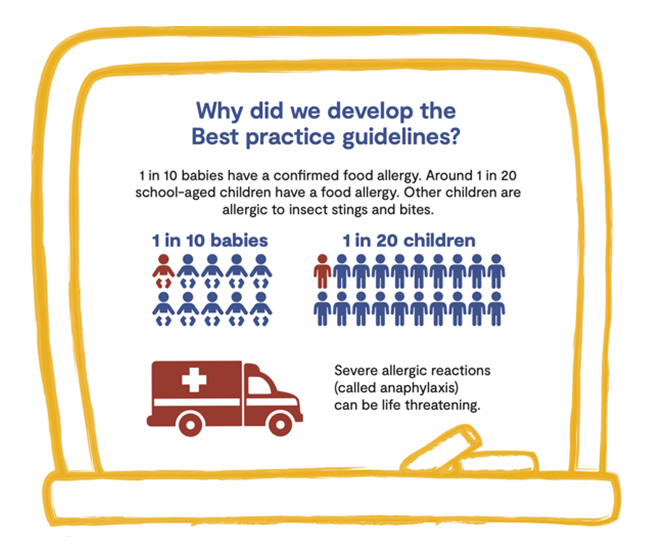
Even though Australia is a leader in its approach to the prevention and management of anaphylaxis in schools and children's education and care, we found that there were differences in what was being recommended across the states and territories. A review of policies and guidelines across Australian states and territories in 2018, showed that developing best practice guidelines and supporting resources would help to reduce inconsistencies in anaphylaxis prevention and management recommendations across Australia.
How did we develop the Best practice guidelines?
The Best practice guidelines were developed by the National Allergy Council working with key stakeholders, including educators, allergy specialists, parents and other groups involved with children’s education and care services and schools. The Best practice guidelines were first published in October 2021 and a revised version was published in November 2023 after consultation with key groups.
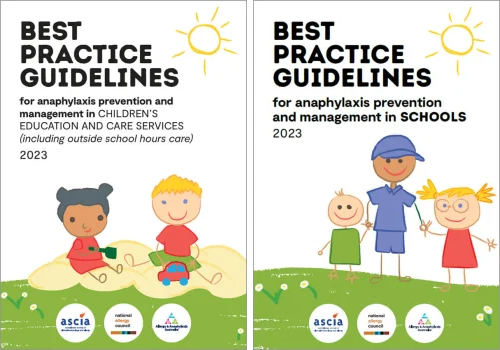
What are the Best practice guidelines?
The Best practice guidelines have been developed to provide consistent, evidence-based, best practice guidance for staff in children’s education and care services, schools and parents.
The Best practice guidelines include:
- Key principles for reducing the risk of anaphylaxis in children’s education and care services and schools and recommendations about how to prevent and manage anaphylaxis.
- An implementation guide which includes additional information to help children’s education and care services and schools to implement the Best practice guideline recommendations.
- Resources, templates and sample documents are also provided to support the implementation of the recommendations. These resources are available as free downloads from the National Allergy Council’s Allergy Aware website.
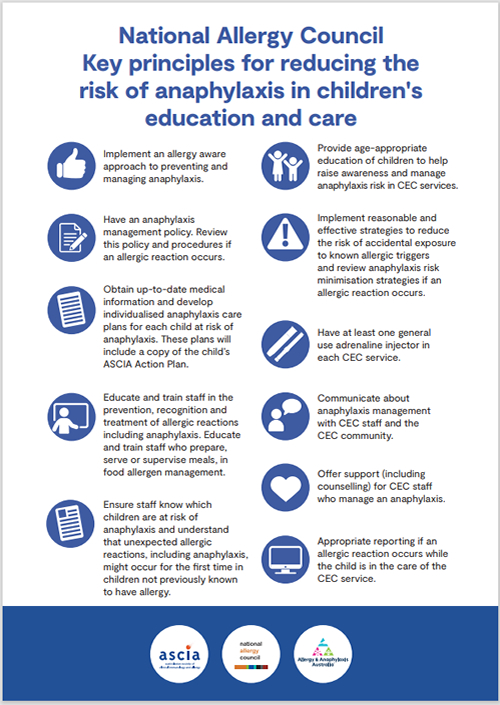
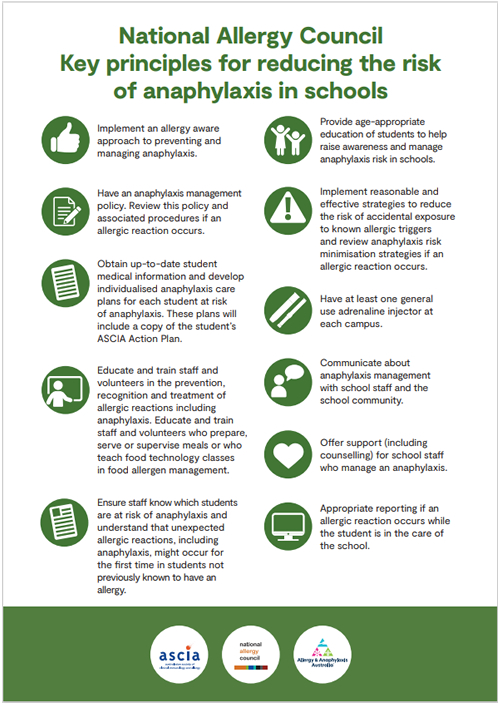
About the Allergy Aware website
The Allergy Aware website is a resource hub that aims to provide people working in schools, children’s education and care services and camps, as well as parents, health professionals and students, with information and practical resources to manage severe allergies in the school and children’s education and care settings.
This website has been developed by the National Allergy Council to support the allergy aware approach recommended in the Best practice guidelines for the prevention and management of anaphylaxis. The Allergy Aware website was developed in partnership with the Australasian Society of Clinical Immunology and Allergy (ASCIA) and Allergy & Anaphylaxis Australia and in consultation with key stakeholders.

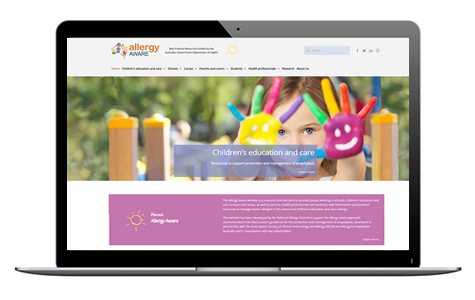
The Allergy Aware website is a resource hub that includes information, training and resources for:
- Children’s education and care services
- Schools
- Camps
- Parents and carers
- Students
- Health Professionals
Thank you!
The National Allergy Council would like to thank everyone who has engaged with us to help develop the Guidelines and supporting resources.
We look forward to continuing to work with the school and children's education and care sectors, policy makers and parents/guardians to support the implementation of the best practice guidelines.
Content updated November 2023